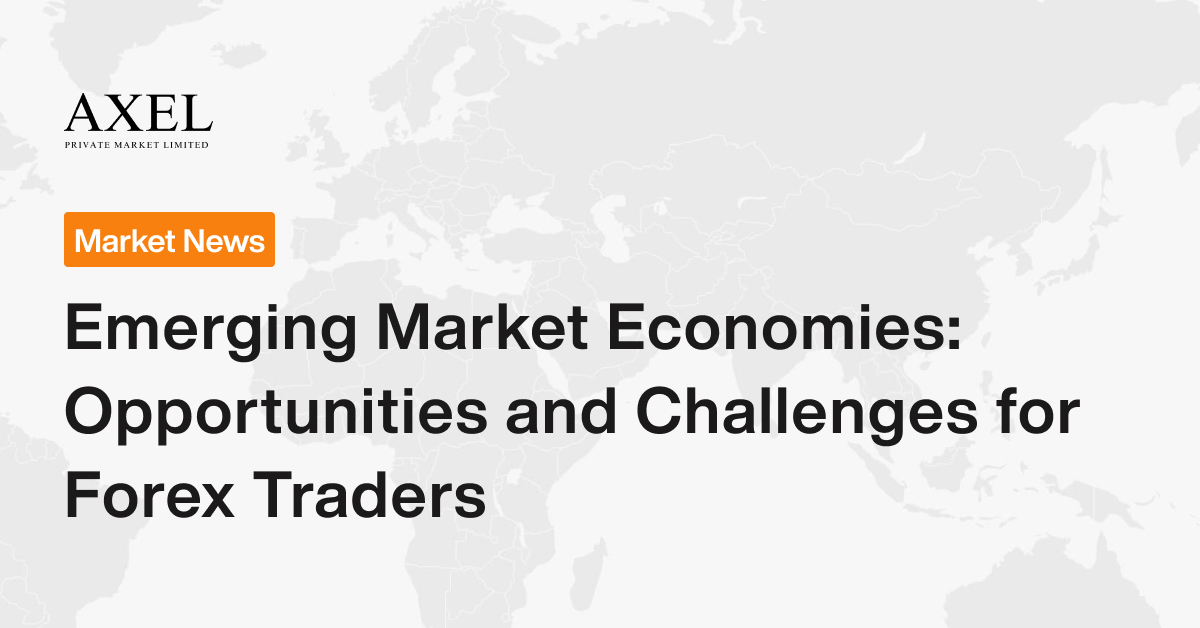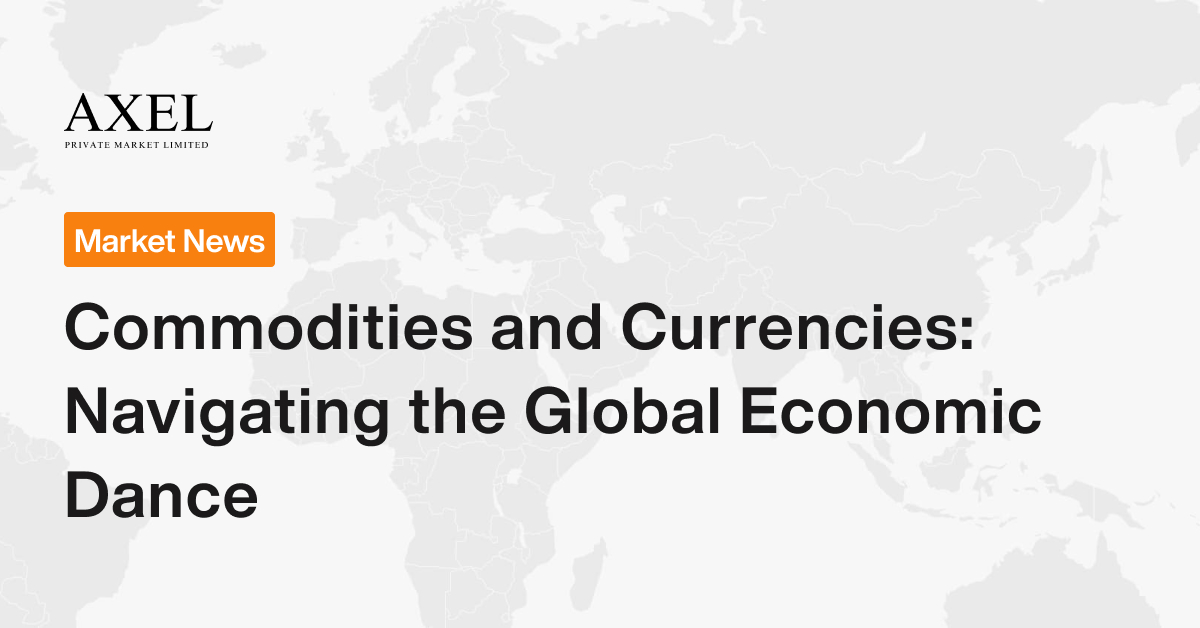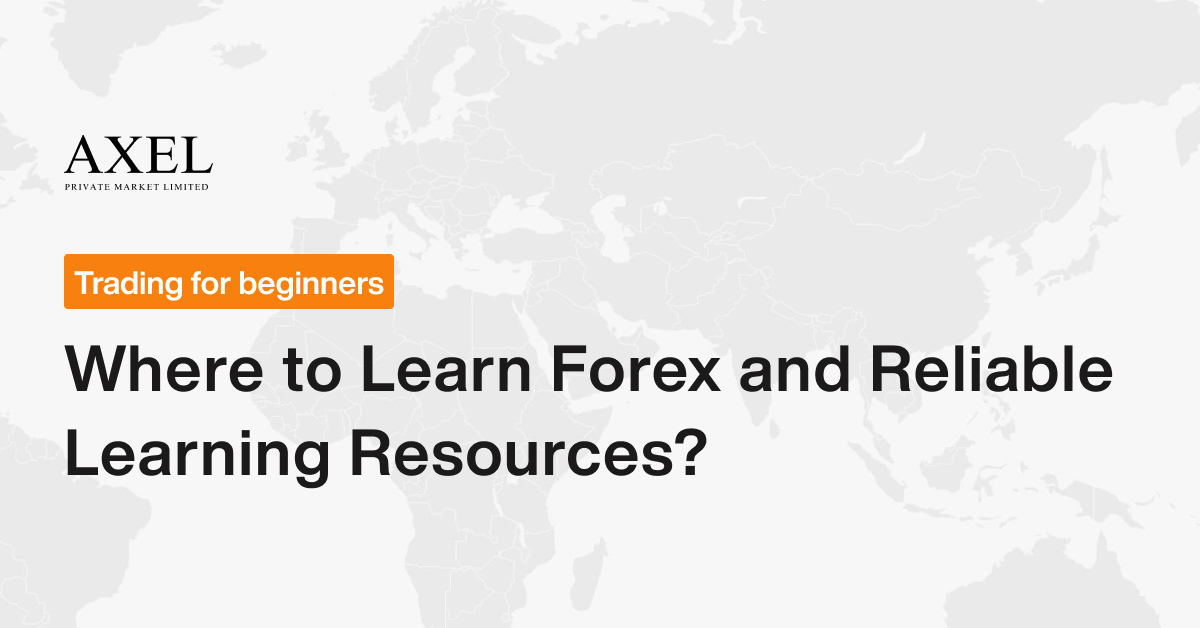INTRODUCTION
Central bank policy decisions play a critical role in influencing currency exchange rates and the overall forex market. The monetary policies enacted by the world’s major central banks are closely monitored by forex traders as they have a profound impact on the relative values of currencies.
Some of the key central banks that are closely watched in the forex market include:
- Federal Reserve (Fed) – The central banking system of the United States, responsible for monetary policy, banking regulation, and maintaining financial stability.
- European Central Bank (ECB) – The central bank of the 19 European Union countries that have adopted the euro as their official currency.
- Bank of England (BoE) – The central bank of the United Kingdom, responsible for monetary policy, financial stability, and the regulation of financial firms.
- Bank of Japan (BoJ) – The central bank of Japan, responsible for conducting monetary policy and maintaining financial system stability.
- People’s Bank of China (PBoC) – The central bank of China, which plays a crucial role in managing the country’s exchange rate and monetary policy.
Forex traders closely analyze the policy decisions, statements, and actions of these central banks to gauge their potential impact on currency valuations. Understanding the drivers behind central bank policies is essential for successful forex trading and risk management.
IMPACT OF INTEREST RATE DECISIONS
One of the primary ways central bank policy decisions impact the forex market is through changes in key interest rates. The interest rates set by central banks, such as the federal funds rate in the US or the benchmark lending rates in other economies, have a direct influence on currency exchange rates.
When a central bank raises its key interest rates, it generally leads to an appreciation of the country’s currency. This is because higher interest rates make the currency more attractive to foreign investors seeking higher yields on their investments. Conversely, when a central bank lowers interest rates, it often results in a depreciation of the currency as investors seek higher returns elsewhere.
The mechanisms by which interest rate changes affect exchange rates are as follows:
- Capital Flows: Higher interest rates attract capital inflows as investors seek to capitalize on the increased yield, leading to stronger demand for the currency and appreciation.
- Inflation Expectations: Rising interest rates are often used by central banks to curb inflationary pressures, which can strengthen the currency by enhancing its purchasing power.
- Interest Rate Parity: The interest rate parity theory suggests that the difference in interest rates between two countries should be offset by the expected change in their exchange rate, allowing traders to capitalize on rate divergences.
Forex traders can capitalize on interest rate divergences between central banks by employing various trading strategies, such as:
- Interest Rate Carry Trades: Buying the currency with the higher interest rate and selling the currency with the lower interest rate to profit from the rate differential.
- Spread Trading: Exploiting the spread between two currencies’ interest rates to generate profits, especially when the central banks have divergent monetary policy stances.
- Relative Value Trades: Analyzing the relative strength of currencies based on their respective central bank policies and interest rate environments.
Understanding the impact of central bank interest rate decisions is crucial for forex traders to navigate the market effectively and identify potential trading opportunities.
MONETARY POLICY ANNOUNCEMENTS
In addition to changes in interest rates, the language and tone used by central banks in their policy statements and press conferences can have a significant impact on the forex market. Forex traders closely analyze the nuances of central bank communications to gauge the future direction of monetary policy and its potential impact on currency valuations.
Central bank officials often use specific wording and phrasing to signal their policy stance and future intentions. For example, hawkish language (e.g., concerns about inflation, emphasis on the need for higher rates) typically suggests a more aggressive monetary policy stance, which can lead to a strengthening of the currency. Conversely, dovish language (e.g., concerns about growth, emphasis on the need for lower rates) often signals a more accommodative policy stance, potentially resulting in a weakening of the currency.
Forex traders interpret these subtle signals from central bank communications to anticipate the future monetary policy path. They closely monitor factors such as:
- Economic Outlook: Traders analyze how central banks assess the current state of the economy and their projections for growth, inflation, and other key indicators.
- Policy Bias: Traders assess whether central banks are leaning towards a tightening or easing of monetary policy based on their rhetoric.
- Timing of Policy Shifts: Traders try to gauge the timing of potential interest rate changes or other policy adjustments based on central bank guidance.
One important concept in central bank communications is “forward guidance”, which refers to the explicit signals or statements made by central banks about the likely future course of their monetary policy. Forward guidance can have a significant impact on currency valuations as it helps traders anticipate and price in future policy decisions.
For example, if a central bank provides forward guidance indicating that it is likely to raise interest rates in the near future, it can lead to an appreciation of the currency as traders start to price in the expected rate hike. Conversely, if a central bank signals a more dovish outlook and the potential for future rate cuts, it can result in a weakening of the currency.
By closely monitoring and interpreting central bank communications, forex traders can gain valuable insights into the likely direction of monetary policy and adjust their trading strategies accordingly.
OTHER CENTRAL BANK ACTIONS
Central banks can also influence currency exchange rates through direct interventions in the foreign exchange (forex) market and through the implementation of asset purchase programs.
Central Bank Forex Interventions: Some central banks may actively participate in the forex market to manage the value of their domestic currency. This can be done through foreign exchange market operations, where the central bank buys or sells its own currency to influence its exchange rate. Central banks may also impose capital controls, which are restrictions on the flow of capital in and out of the country, in an effort to stabilize the currency.
These interventions can have a significant impact on exchange rates, as they directly alter the supply and demand dynamics of the targeted currency. Forex traders closely monitor central bank activities in the forex market and adjust their strategies accordingly.
Central Bank Asset Purchase Programs: Another tool used by central banks to influence currency values is asset purchase programs, also known as quantitative easing (QE). Under these programs, central banks may purchase large quantities of government bonds, mortgage-backed securities, or other financial assets in an effort to inject liquidity into the financial system and stimulate the economy.
The implementation of QE can have a depreciating effect on the domestic currency, as the increased money supply typically leads to a decline in the currency’s value relative to other major currencies. Conversely, the unwinding or tapering of QE programs can lead to a strengthening of the domestic currency as the central bank reduces the money supply.
Changes in Central Bank Balance Sheets: Forex traders also closely monitor the size and composition of central bank balance sheets, as these can provide valuable insights into the central bank’s monetary policy stance and its potential impact on currency values.
For example, an increase in a central bank’s balance sheet may signal an expansionary monetary policy, potentially leading to a weakening of the domestic currency. Conversely, a reduction in the balance sheet may indicate a tightening of monetary policy and a potential strengthening of the currency.
By understanding and carefully analyzing the various actions and policies implemented by central banks, forex traders can better anticipate and respond to the resulting changes in currency exchange rates, helping them to navigate the dynamic forex market more effectively.
CONCLUSION
In conclusion, central bank policy decisions play a critical role in driving forex market dynamics. The actions and communications of major central banks, such as the Federal Reserve, European Central Bank, Bank of England, and Bank of Japan, have a profound impact on currency exchange rates and the overall forex market.
Key Takeaways:
- Interest Rate Decisions: Changes in key interest rates set by central banks directly affect the relative value of currencies, with higher rates generally leading to currency appreciation and lower rates resulting in currency depreciation.
- Monetary Policy Announcements: The language and tone used by central banks in their policy statements and press conferences can significantly move forex markets as traders interpret signals about the future monetary policy path and potential policy shifts.
- Central Bank Interventions: Direct central bank participation in the forex market through foreign exchange operations and the implementation of capital controls can influence exchange rates by altering supply and demand dynamics.
- Asset Purchase Programs: Central bank asset purchase programs, such as quantitative easing, can have a depreciating effect on the domestic currency as they increase the money supply, while the unwinding of these programs can lead to currency appreciation.
Emphasize the Importance:
For successful forex trading, it is essential for traders to closely monitor and analyze the actions and policies of the world’s major central banks. By understanding the potential impact of central bank decisions on currency valuations, traders can identify trading opportunities, manage risk, and adapt their strategies accordingly in the dynamic forex market.
Staying up-to-date with central bank policy developments and their implications for the forex market is a critical component of effective forex trading and risk management.
FAQs
How do central bank interest rate decisions impact forex trading?
Central bank interest rate decisions have a significant impact on forex trading. When a central bank raises its key interest rates, it generally leads to an appreciation of the country’s currency as higher rates make the currency more attractive to foreign investors. Conversely, when a central bank lowers interest rates, it often results in a depreciation of the currency as investors seek higher returns elsewhere.
How do central bank policy statements and communications affect forex markets?
The language and tone used by central banks in their policy statements and press conferences can have a significant impact on forex markets. Hawkish language suggesting a more aggressive monetary policy stance typically leads to a strengthening of the currency, while dovish language signaling a more accommodative policy stance can result in a weakening of the currency. Forex traders closely analyze central bank communications to gauge the future direction of monetary policy and its potential impact on currency valuations.
What is the role of central bank asset purchase programs in impacting currencies?
Central bank asset purchase programs, also known as quantitative easing (QE), can have a depreciating effect on the domestic currency. When a central bank engages in QE and injects liquidity into the financial system by purchasing large quantities of assets, it typically leads to a decline in the currency’s value relative to other major currencies. Conversely, the unwinding or tapering of QE programs can result in a strengthening of the domestic currency as the central bank reduces the money supply.
Why is it important for forex traders to monitor central bank activities?
Closely monitoring the actions and policies of major central banks is crucial for successful forex trading. Central bank decisions and communications regarding interest rates, monetary policy, and asset purchase programs can have a significant impact on currency exchange rates. By understanding the potential implications of central bank actions, forex traders can identify trading opportunities, manage risk, and adjust their strategies accordingly in the dynamic forex market.





